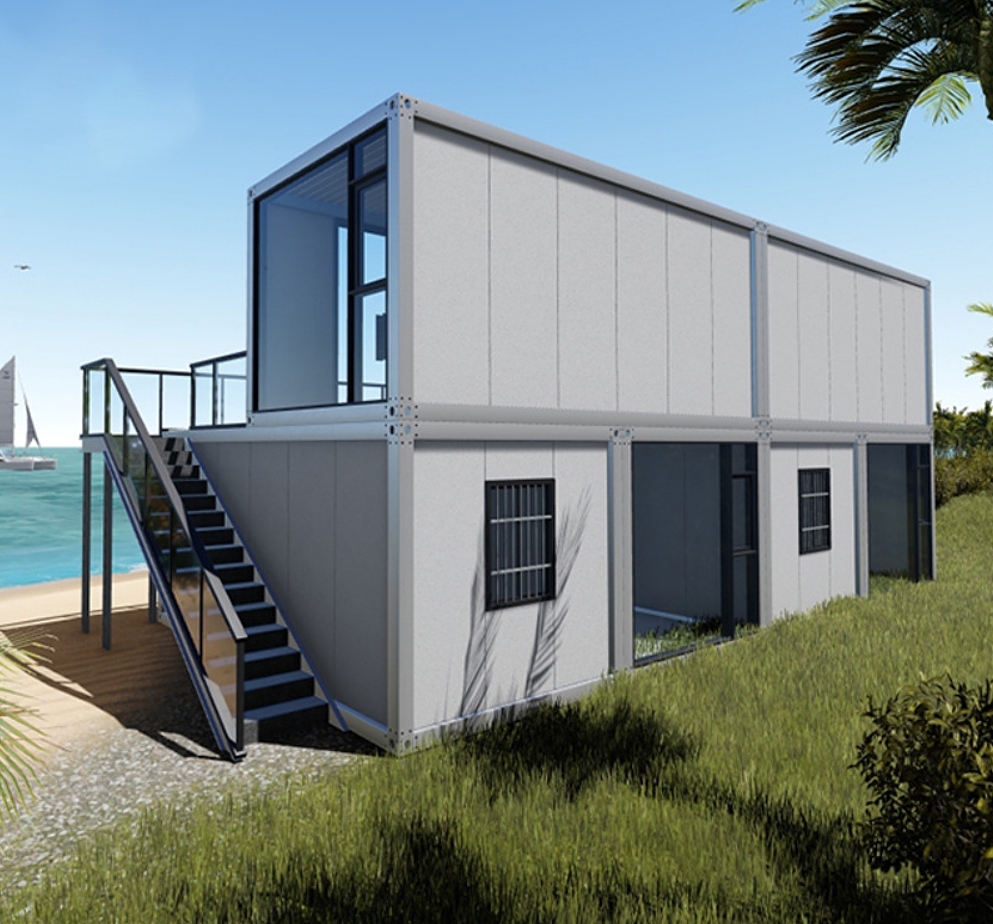Loading and fixing of container manufacturers are important links to ensure the safety and stability of goods during transportation. The following are common tips and methods for loading and securing containers:

1. Reasonably plan cargo loading: Reasonably plan the loading sequence and location of cargo based on factors such as cargo attributes, size, weight, etc. Usually, heavy and stable goods are placed in the lower part, and light and fragile goods are placed in the upper part to ensure the stability of the goods.
2. Use appropriate packaging materials: Use high-quality packaging materials, such as wooden boxes, plastic pallets, cardboard, etc., to package the goods and protect them from damage. Pay attention to the pressure resistance and moisture-proof performance of the packaging materials to prevent the goods from being eroded by external impact and moisture during transportation.
3. Fix the goods: Use tools and materials to fix the goods such as binding tape, sealing tape, wooden box nails, etc. to ensure that the goods will not shift during transportation. When fixing the goods, pay attention to the fact that the incisions of the binding straps cannot face the outside, the sealing tape must be affixed according to the specifications, and the wooden box nails must be hammered down to prevent the goods from falling off during transportation.
4. Make reasonable use of gaps between goods: When loading goods, use the gaps between goods to fill in other small pieces or filling materials as much as possible to reduce the displacement of goods. Filling materials such as foam materials, air bags, and cotton padding can be used to ensure the stability of the goods.
5. Partition loading: Classify goods according to attributes, destinations, etc., and load them in partitions. Cargoes of different types and properties should be loaded separately to avoid collisions between different cargoes and damage to the cargo.
6. Improve the stability of vehicles and customized containers: Before loading goods, check the stability of the vehicle and container itself to confirm that there are no loopholes, damage, etc., to ensure the structure and stability of the container itself. If there are problems with the vehicles and containers themselves, they should be repaired or replaced in time.
7. Install protective measures: For fragile goods or special goods, auxiliary devices such as protective racks and pallets can be installed to improve the stability and safety of the goods. Protective measures can reduce the impact of external forces on goods during transportation and prevent damage or tilting of goods.
8. Arrange the goods neatly: Arrange the goods neatly and evenly to avoid stacking the goods too high or unbalanced, which will affect the stability of goods transportation. Leave gaps when stacking goods to facilitate loading, unloading and inspection by other staff.
9. Regular inspection and maintenance: During transportation, regularly check the fixation of the goods and the integrity of the packaging materials to ensure that the goods remain stable. If problems are found, repair and replace them promptly.
10. Comply with transportation regulations and standards: The packing container house loads and secures goods in accordance with the regulations and standards of the country, region and transportation company, and follows relevant requirements. These specifications and standards usually include maximum weight limits, fastening materials and fastening methods to ensure the safety of goods and the smooth transportation of goods.
In actual operation, the methods and techniques for loading and securing cargo will vary according to different cargo attributes, transportation methods and specific circumstances. Therefore, reasonable planning and careful operation should be carried out according to the actual situation, and experiences and lessons should be summed up in a timely manner to continuously improve the efficiency and quality of loading and fixing.
